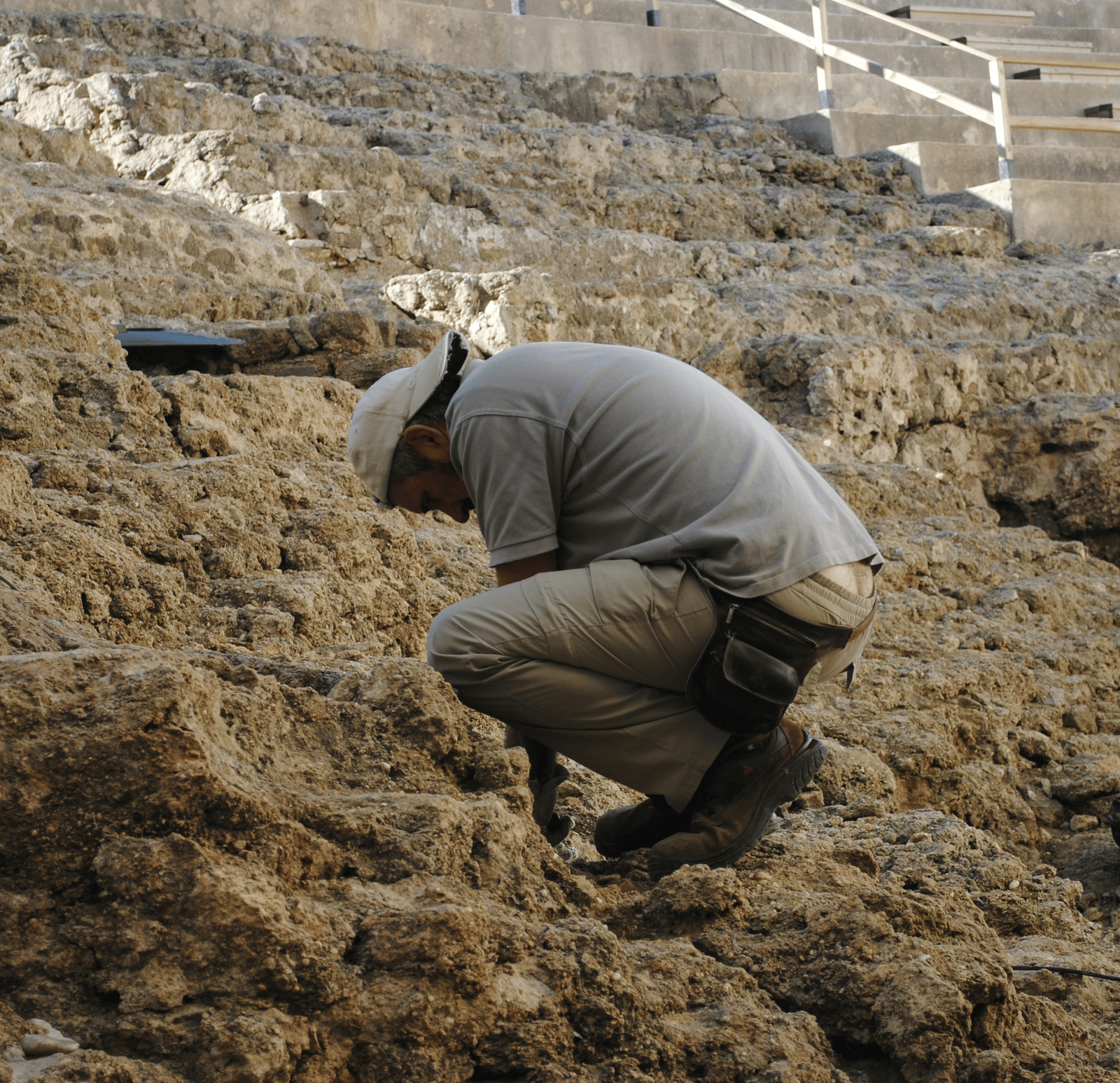- French Colony Pondicherry
- Instagrammable Places in Pondicherry
- Bangalore to Pondicherry Road Trip
- Nightlife in Pondicherry
- New Year in Pondicherry
- Pondicherry Trip Itinerary
- Pondicherry: Popular Places & Attractions
- Chennai to Pondicherry Trip: A Perfect Coastal Getaway
- Pondicherry as a Tourist Destination
- Famous Food in Pondicherry
- Pondicherry in Monsoon
- Hidden Places in Pondicherry
- Temples in Pondicherry
- Adventure Activities in Pondicherry
- Pondicherry Solo Travel
- Hyderabad to Pondicherry Trip
- Shopping in Pondicherry
- Water sports in Pondicherry
- 3 days Tour from Chennai
- History of Pondicherry, India
- Things to Do in Pondicherry
- Weekend Getaways from Chennai
- Beaches in Pondicherry
- Places to Visit in Pondicherry
- Best Tourist Places in Pondicherry
- Best Time to Visit Pondicherry
- Pondicherry Sightseeing Tour
- Bangalore to Pondicherry road trip

A Journey Through the Rich History of Pondicherry, India

Pondicherry, also known as Puducherry, is a city rich in history. The colonial architecture, ancient temples, and a vibrant cultural legacy blend seamlessly. Nestled along the southeastern coast of India, this coastal city has been shaped by centuries of foreign rule and local tradition. From early Tamil settlements to European colonisation, Pondicherry's history is a fascinating tapestry of influences.
The Early Days of Pondicherry
Pondicherry’s history dates back to around the 1st century AD when it was part of the ancient Tamil kingdoms. The region served as a bustling hub for maritime trade between the Roman Empire and the South Indian kingdoms, with goods like spices, textiles, and ivory flowing through its ports. Later, Pondicherry fell under the Pallava dynasty and contributed significantly to the area's cultural and architectural growth. From the 3rd century to the 16th century, Pondicherry witnessed the rise and fall of several South Indian dynasties.
After the Pallavas, the Chola dynasty regained control of the region, followed by the Pandya dynasty, which ruled over Pondicherry until the Vijayanagara Empire took power in the 14th century. During the reign of the Vijayanagara rulers, Pondicherry became a strategic coastal town known for its flourishing trade with Southeast Asia and the Arabian Peninsula. In the early 16th century, the decline of the Vijayanagara Empire and the arrival of European powers, like the Portuguese, changed the region's fate. This period is known as the beginning of foreign influence in Pondicherry, setting the stage for its transformation under colonial rule.


European Influence and Colonial Rule
Pondicherry’s historical significance took a dramatic turn with the arrival of European traders in the 16th century. Although the Portuguese were the first Europeans to establish a presence in the region, but it was the French who left an indelible mark on the city’s identity. In 1674, François Martin, the first governor of Pondicherry, founded the French East India Company and the region officially became a French colony.
For over two centuries, Pondicherry remained under French control, though it changed hands multiple times due to conflicts between the British, Dutch, and French. The French influence is still palpable in Pondicherry's architecture, cuisine, and culture, earning it the nickname “The French Riviera of the East.” The city retained its French character even after it was officially ceded to India in 1954, a heritage that continues to draw visitors from around the world.
Historical Places in Pondicherry to Visit
Pondicherry is home to many historical landmarks that reflect its rich and varied past. Here are some must-visit spots for history enthusiasts.
The French Quarter (White Town)
Walking through the French Quarter is like stepping into a different world. The streets are lined with colonial-era buildings, vibrant cafés, and quaint shops, all showcasing French-style architecture with their pastel colours, arched windows, and wrought-iron balconies. Promenade Beach and the Statue of Joseph François Dupleix further add to the European charm.


Basilica of the Sacred Heart of Jesus
Built by French missionaries in the early 20th century, the Basilica of the Sacred Heart of Jesus is a striking example of Gothic architecture in India. Its stained-glass windows, depicting scenes from the Bible, are a marvel to behold. This church is a popular place of pilgrimage and a symbol of Pondicherry’s colonial past.
Arikamedu
Just a few km from the city centre lies Arikamedu, an ancient Roman trading post that dates back to the 1st century AD. Archaeological excavations have uncovered Roman pottery, coins, and other artefacts, proving that Pondicherry was once a major centre of commerce between the Roman Empire and South India. Visiting Arikamedu offers a fascinating glimpse into the region's ancient history.

After a day of exploring Pondicherry’s historical gems, retreat to the luxurious Ocean Spray resort, located just a short distance from the city. This stunning beach resort, set on 23 acres of landscaped beauty, offers the perfect escape for couples and families alike. With seven types of accommodations, Ocean Spray ensures a comfortable and indulgent stay. The resort's serene surroundings, a man-made lake, restaurants, and bars create an atmosphere of relaxation, making it the ideal place to unwind after discovering Pondicherry’s rich history.
Pondicherry’s allure lies not only in its historical significance but also in its ability to transport visitors to a different era. Whether you’re a history buff or simply looking for a romantic escape, Pondicherry offers the perfect combination of both—and Ocean Spray is your gateway to experiencing it all in style.